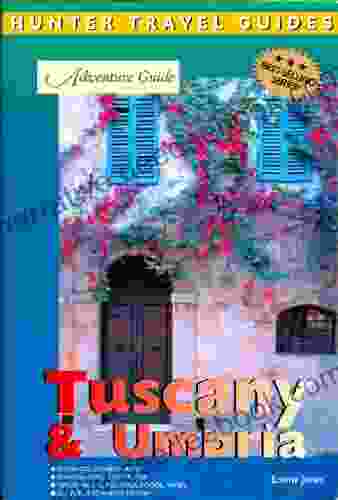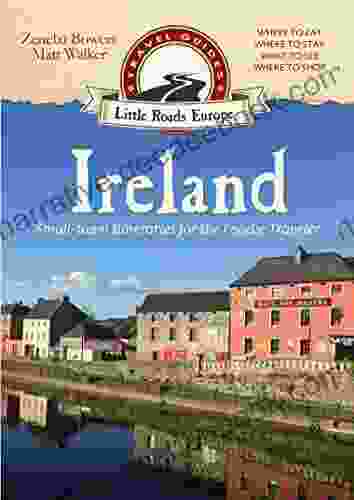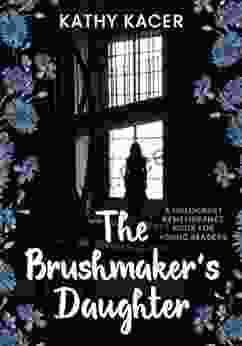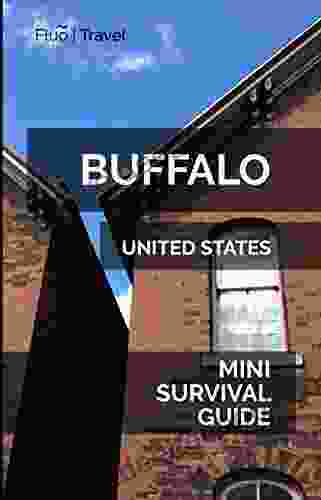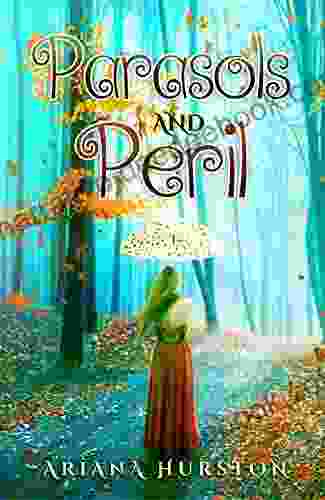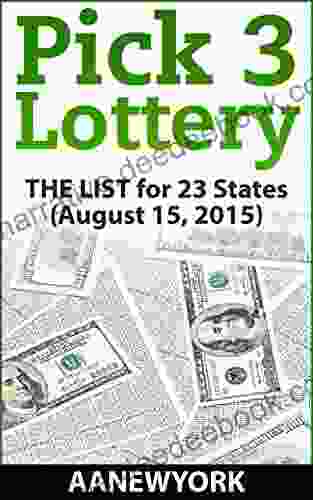Overview
Tuscany and Umbria, nestled in the heart of Italy, are two of the country's most captivating regions. Tuscany, renowned for its rolling hills, vineyards, and art-filled cities, offers a perfect blend of natural beauty and cultural immersion. Umbria, on the other hand, is an unspoiled gem with charming medieval hill towns, lush forests, and a rich gastronomic heritage.
This comprehensive adventure guide will provide you with all the essential information and inspiration you need to plan an unforgettable journey through these enchanting regions.
Tuscany
Tuscany's rolling hills, dotted with vineyards and olive groves, have inspired countless artists and writers. Its capital, Florence, is a treasure trove of Renaissance art and architecture, while smaller towns like Siena, Lucca, and Pisa offer their own unique charms.
Must-See Attractions:
- Visit the Uffizi Gallery in Florence to admire masterpieces by Leonardo da Vinci, Michelangelo, and Raphael.
- Stroll through the Ponte Vecchio, a medieval bridge lined with jewelry shops.
- Explore the charming medieval town of San Gimignano, known for its towering towers.
- Drive along the scenic Chianti Road, renowned for its vineyards and picturesque landscapes.
- Visit the hilltop town of Pienza, designed by the famous Renaissance architect Leon Battista Alberti.
Umbria
Umbria, a region of rolling hills, serene lakes, and ancient forests, offers a more tranquil experience compared to its bustling neighbor, Tuscany. Its medieval hill towns, such as Perugia, Assisi, and Gubbio, are steeped in history and culture.
Must-See Attractions:
- Visit the Basilica of San Francesco in Assisi, the burial place of the beloved saint.
- Explore the medieval town of Perugia, known for its Etruscan roots and lively university atmosphere.
- Hike through the Monti Sibillini National Park, home to stunning mountain scenery and hiking trails.
- Visit the Marmore Falls, one of the highest waterfalls in Europe.
- Explore the charming hill town of Gubbio, known for its medieval architecture and annual crossbow competition.
Planning Your Trip
The best time to visit Tuscany and Umbria is during the shoulder seasons (April-May and September-October),when there are fewer crowds and the weather is pleasant. However, the regions offer unique experiences throughout the year.
To get around, renting a car is the most convenient option as it allows you the flexibility to explore at your own pace. Alternatively, there are train and bus services connecting the major cities and towns.
Accommodation
From charming bed and breakfasts to luxury hotels, Tuscany and Umbria offer a wide range of accommodation options to suit all budgets. Here are a few recommendations:
- Tuscany: Hotel Villa La Massa in Florence, Relais Villa Casanova in Chianti, Agriturismo Le Capanne in San Gimignano
- Umbria: Hotel La Terrazza in Assisi, Hotel Palazzo Bocci in Perugia, Villa del Colle in Gubbio
Food and Drink
Tuscany and Umbria are renowned for their culinary delights. From hearty meat dishes to delicate pasta creations, the regions offer a feast for the senses.
In Tuscany, be sure to try the Florentine steak, pici pasta, and wild boar stew. Umbria, on the other hand, is known for its black truffles, porchetta, and lentil soup.
Culture and History
Tuscany and Umbria have a rich history and culture that dates back to ancient times. The regions were home to Etruscan civilizations, Roman settlements, and medieval city-states.
Explore the archaeological sites of Etruria, visit the Roman ruins in Florence, or immerse yourself in the medieval art and architecture found throughout the cities and towns.
Activities and Adventures
Beyond sightseeing and cultural immersion, Tuscany and Umbria offer plenty of opportunities for adventure.
- Take a cooking class and learn to prepare authentic Italian dishes.
- Go wine tasting in the vineyards of Chianti or Montepulciano.
- Hike or bike through the scenic countryside.
- Visit a spa and relax in natural hot springs.
- Attend a traditional festival or event.
Essential Italian Phrases
Learning a few basic Italian phrases can greatly enhance your interactions with the locals.
- Hello: Ciao
- Thank you: Grazie
- Yes:



